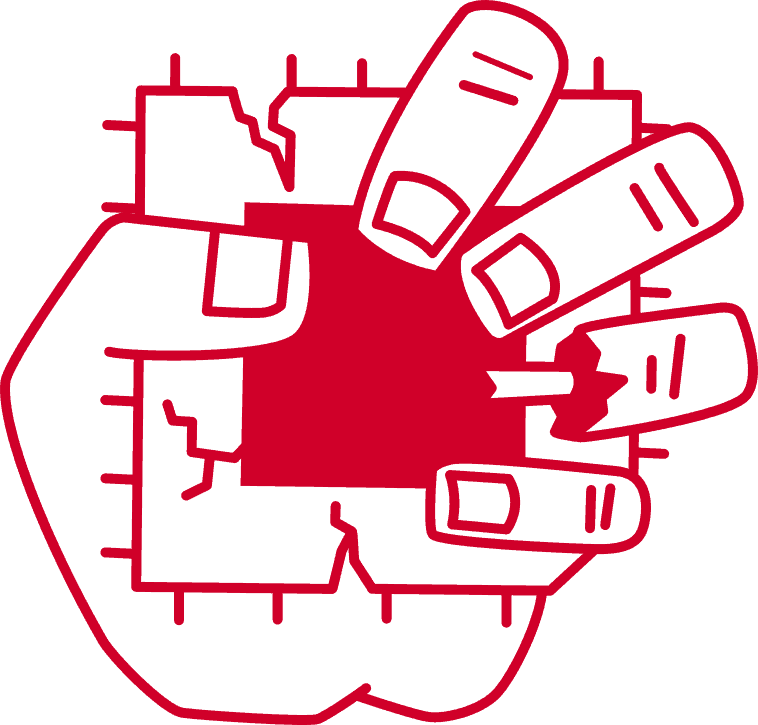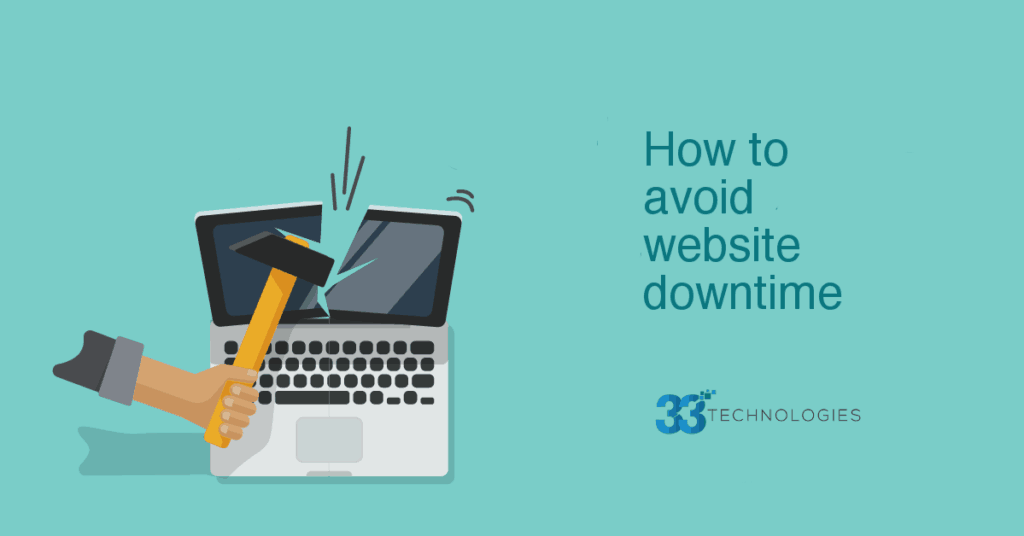
Securing your web page may be a difficult subject in an always-changing landscape. With this guide, you will have a precise structure for applying security principles and mitigating risk to your web page. Before getting started, bear in mind that your site's safety is a continuous process that requires persistent evaluation to minimize the risk.
What is Website Safety?
Web safety is the process taken to secure a web page from cyber-attacks. In this instance, web safety is a continuous process and a vital part of running a web page.
Why is Website Safety Important?
Site safety is essential, as no one wants to have their site hacked. Having a safe site is as important as having a site host to someone's online presence. For instance, if your site is hacked, you may end up losing up to 90 % of its flow.
Not having a safe site maybe even worse than not having a site at all. This is because a breach of client data may result in heavy fines, lawsuits, and a bad reputation.
Why Sites Get Hacked
Many business owners often feel their sites won't be hacked as they are small hence won't be attractive to hackers. This is not true. Hackers hack bigger sites if they want to sabotage or steal information. For their other common aims, your small site is very much vulnerable.
Here are common goals of hackers:
• Manipulating site guests
• Stealing information kept in the server
• Pure hooliganism
• Abusing site resources
• Crawlers and tricking bots
Steps to Making Your Site More Secure
Defending your business from cyber-attacks is vital in ensuring its success. Fortunately, this can be done easily. Your safety measures should involve a defense in depth tactic, which simply means that you have various layers of protection put in place in your site, which gives you higher odds of discovering an attack early and defending it competently.
Here are steps you can take to make your site more secure.
The Swiss Cheese Model
The Swiss Cheese Model is an extensively applied framework for risk mitigation and analysis in various fields such as IT safety, software systems, and aviation. This framework is based on the principle that software systems can be seen as pieces of cheese arranged next to each other, and that a hole in one piece, can be prevented from spreading to other pieces, by a set of proper barriers at various stages. These carefully fitted barriers can help secluded risks at one level from becoming risks at other levels.What this means is layered defense stops single-point threats from spreading to the rest of the system. This framework also identifies how human error, people, and processes combine to cause complex systems' failure.
The Swiss Cheese Model provides a strong structure for aggressive risk mitigation and analysis and is an efficient method of preventing system-wide accidents and disasters. With this model, you will be able to identify risks early and implement appropriate mitigation strategies across all levels of your system.
An analyst assigned with risk mitigation should assess all potential threats from different dimensions, and recommend the right strategies needed and spread them across various levels.This will ensure that defensive weaknesses and delays in one level do not spread to other levels, thereby averting a single point of failure.
Implement a Web Application Firewall (WAF)
A Web Application Firewall will protect your site by monitoring and filtering HTTP traffic between your site and the internet. It usually protects sites from attacks such as cross-site scripting, SQL injection, cross-site forgery, and file inclusion. A WAF is a defense model with seven layers that are not designed to shield against all forms of risks.
This tool of risk mitigation is usually part of a set of combined methods to form a complete defense against a variety of threats. By installing a WAF on your site, a defense is placed between your web page and the internet. While a proxy will protect a visitor's machine identity by using an intercessor, a WAF will reverse this, thus protecting the system from exposure by having visitors pass through the WAF before accessing it.
A WAF operates by a set of rules known as policies. These policies aim to protect the system from exposures by filtering out harmful traffic. Installing a WAF is worth it since policy modifications can be implemented fast and easily, thus facilitating a faster response to various attack threats.
Utilize two-factor authentication (2FA)
Two-factor authentication, also known as dual-factor authentication or two-step verification is a safety procedure in which users make available two separate authentication factors to validate themselves. This procedure is done to ensure better protection of the user's details and web page resources.
Two-step verification secures your web applications more than authentication processes that rely on a single-factor authentication, in which the user only uses one factor – usually a password or pass code.



